- Description
- Reviews (0)
Description
🐚 Pygmy Corydoras (Corydoras pygmaeus) – Tiny, Peaceful, and Full of Personality!
Bring big character into small spaces with the Pygmy Corydoras, one of the smallest and most charming freshwater fish available! With their miniature size, gentle nature, and active schooling behavior, these nano bottom dwellers are perfect for planted tanks, community aquariums, and even peaceful shrimp setups. Whether you’re a beginner or seasoned aquarist, the Pygmy Cory offers endless delight with minimal care needs.
🌿 Quick Overview:
- Scientific Name: Corydoras pygmaeus
- Origin: South America (Brazil, Ecuador, Peru)
- Size: 2.5 – 3 cm (fully grown)
- Lifespan: 3 – 5 years
- Temperament: Peaceful, social, active
- Swimming Level: Bottom to midwater
- Tank Size: 40L+ (10 gallons)
- Water Temp: 22°C – 25°C
- pH Range: 6.2 – 7.4
- Hardness: Soft to moderately hard water
💫 Why Choose Pygmy Corydoras?
- 🐟 Nano-Friendly Size: Ideal for small aquariums and nano setups
- 👯♂️ Active Schooling Behavior: Unlike most Corys, they swim midwater as well as along the substrate
- 🌱 Plant-Safe: Won’t nibble or uproot plants
- 🧼 Excellent Cleaners: Help keep the tank tidy by scavenging leftover food
- ❤️ Peaceful Nature: Perfect community tank residents that don’t bother tankmates
🧠 Care Guide
Pygmy Corydoras are low-maintenance but thrive best with proper care and a stable, clean environment.
✅ Tank Setup:
- Substrate: Use soft sand or fine gravel to protect their delicate barbels
- Filtration: Gentle filtration with low flow—avoid strong currents
- Décor: Live plants, driftwood, and hiding spots provide security and enrichment
- Lighting: Moderate lighting works best—too bright may stress them
✅ Feeding:
- Diet: Omnivores—feed a mix of high-quality sinking pellets, micro wafers, baby brine shrimp, daphnia, and blanched veggies
- Feeding Frequency: 1–2 times daily; remove uneaten food after 2–3 hours
- Tip: Feed after lights go out to mimic natural conditions
👨👩👧👦 Social Behavior
- Always keep in groups of 8–10 or more to prevent stress and encourage natural schooling
- Peaceful with all small, non-aggressive species
- Often found swimming in tight formations or darting playfully through plants and decor
🧩 Ideal Tank Mates
| Compatible Species | Notes |
|---|---|
| ✅ Ember Tetras | Same size and temperament |
| ✅ Chili Rasboras | Soft-water lovers, perfect in nano tanks |
| ✅ Shrimp (Neocaridina) | Completely safe and non-predatory |
| ✅ Otocinclus | Peaceful algae eaters, thrive in planted tanks |
| ❌ Avoid: Large or aggressive fish (bettas, barbs, cichlids) |
🧪 Water Parameters
Keep water clean and consistent with regular weekly water changes (20–30%). A stable environment is key to health and longevity.
- Temperature: 22–25°C
- pH: 6.2 – 7.4
- Hardness: Soft – moderate
- Ammonia/Nitrite: 0 ppm always
- Nitrate: < 20 ppm
🌈 Final Thoughts
The Pygmy Corydoras is a tiny treasure with a huge heart! Whether you’re setting up a peaceful nano aquarium or enhancing your planted tank with a playful schooling species, these miniature marvels bring energy, beauty, and charm to any aquascape.
✅ Healthy, active, and locally conditioned
✅ Ethically sourced and ready to join your aquatic family
✅ Perfect for hobbyists of all levels!
🐟 Corydoras Mixing Compatibility Guide (With Pygmy Cory)
✅ Best Mixed Cory Combos (Similar Size, Temp & Behavior)
| Combo | Why It Works |
|---|---|
| Bronze + Albino | Same species (C. aeneus)—school together naturally |
| Sterbai + Orange Venezuelan | Similar size and heat tolerance (~24–28°C) |
| Julii + Panda | Peaceful, similarly sized, prefer cooler temps (~22–25°C) |
| Peppered + Peru Sp. Cory | Calm, soft-water friendly, low-light compatible |
| Pygmy + Panda | Smaller, peaceful, active at different levels in the tank |
| Pygmy + Ember/Rasbora/Shrimp | Ideal nano tank community with gentle tankmates |
🧠 Tips When Mixing Corydoras:
- ✅ Keep at least 5–6 of each species (Pygmies: 8–10+ preferred)
- ✅ Match temperature and pH range as closely as possible
- ✅ Use soft sand substrate to protect barbels
- ✅ Provide driftwood, plants, and low flow for comfort and security
- ✅ Ensure all species get enough food—especially bottom feeders
⚠️ Mixing Cautions
| Avoid This Combo | Why to Avoid |
|---|---|
| Pygmy + Large/Boisterous Corys | Pygmies may get outcompeted or stressed |
| Sterbai + Panda (long-term) | Temperature needs differ: Sterbai (warm), Panda (cool) |
| Wild + Captive-bred Corys | Acclimation issues, disease risks, different behaviors |
| Corys + Large Bottom Dwellers | Loaches, crayfish, or large catfish may bully or eat them |
💡 Pygmy Cory Specifics:
- 🐚 Unlike other Corys, Pygmies swim midwater too
- 🪶 Extremely peaceful—ideal with shrimp, snails, and micro-fish
- 🪴 Great in nano planted aquariums (40L and up)
- ❄️ Best in temps between 22–25°C
🧩 Suggested Cory Pairings by Tank Type:
| Tank Type | Recommended Cory Mix |
|---|---|
| Warm Planted | Sterbai + Orange Venezuelan |
| Cooler Peaceful | Panda + Pygmy + Julii |
| Beginner-Friendly | Bronze + Albino + Pepper |
| Nano Tank | Pygmy + Ember Tetras + Shrimp |
| Softwater Biotope | Peru Sp. Cory + Julii + Otocinclus |
Only logged in customers who have purchased this product may leave a review.


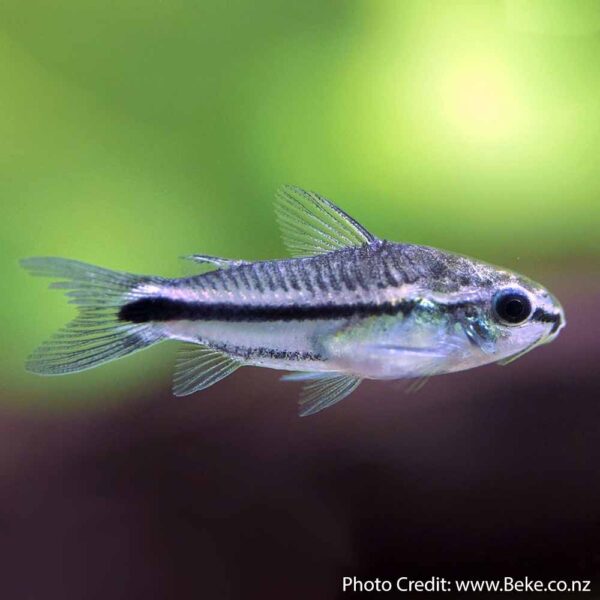
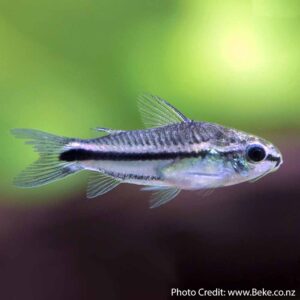
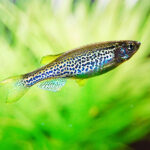
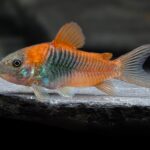
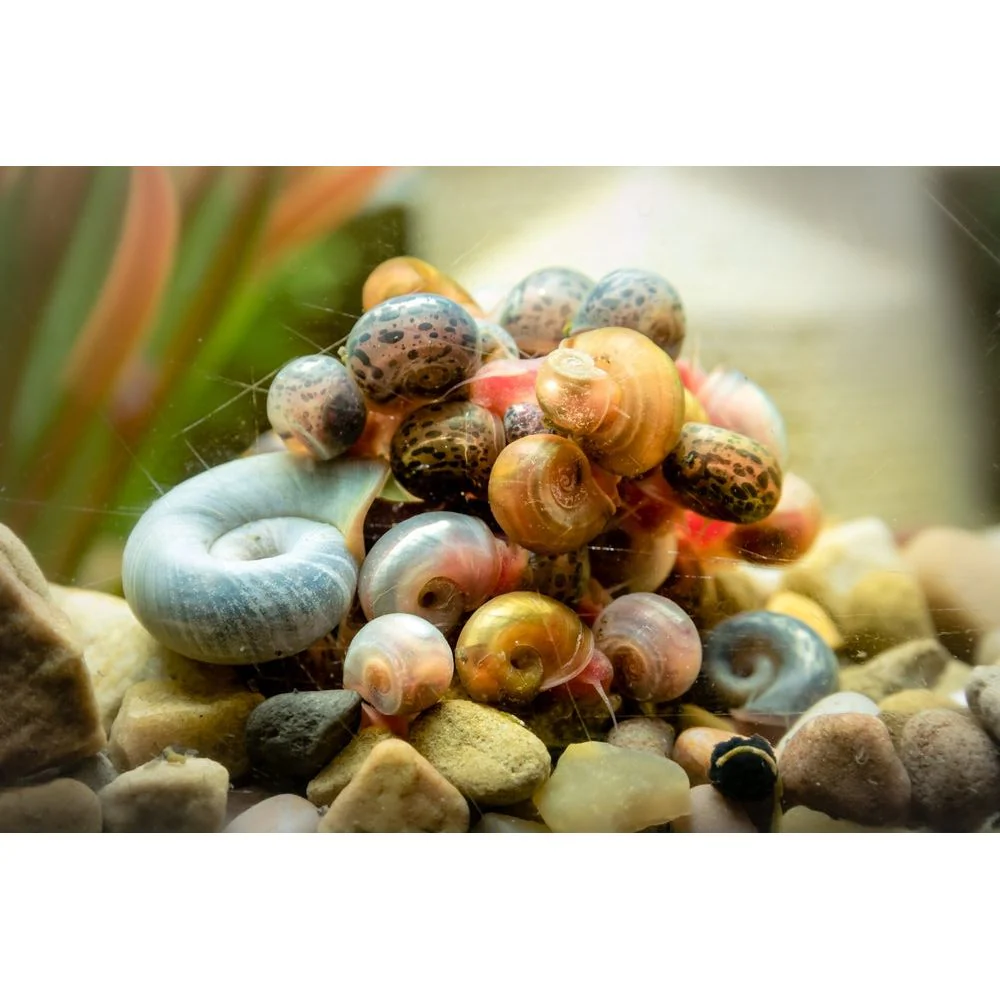
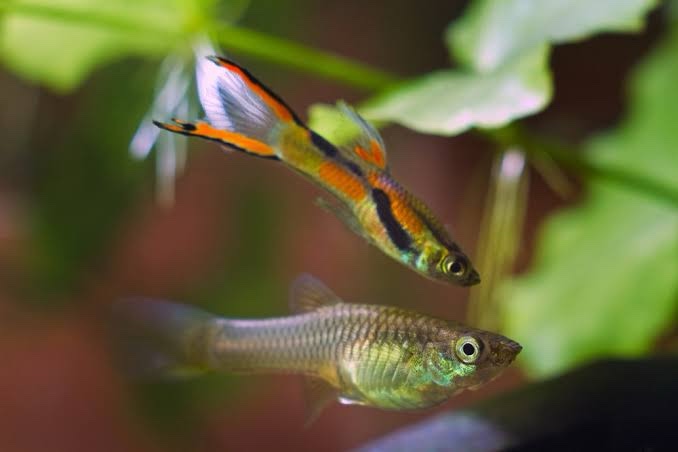
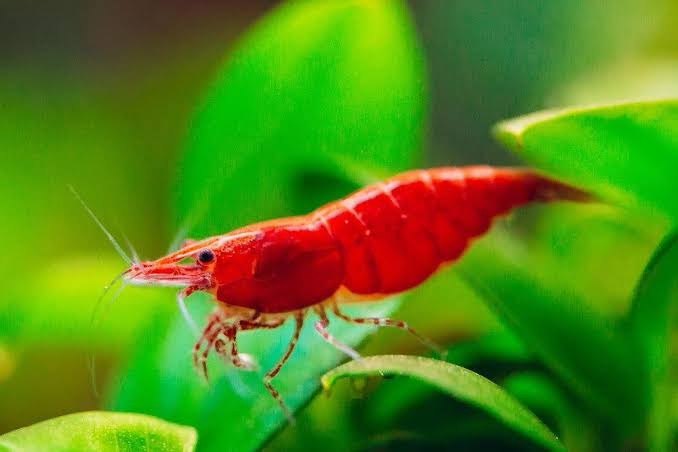
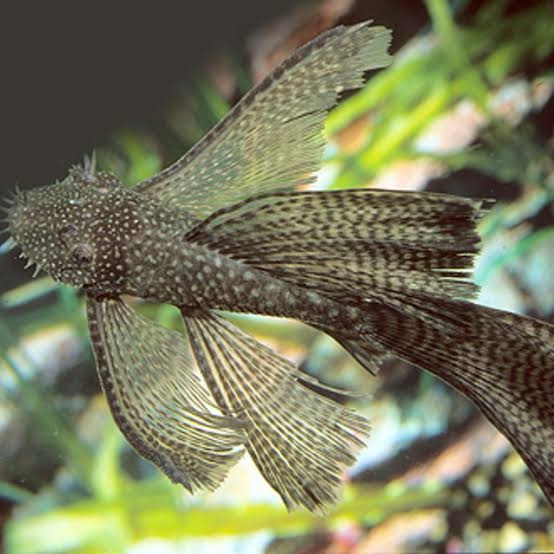
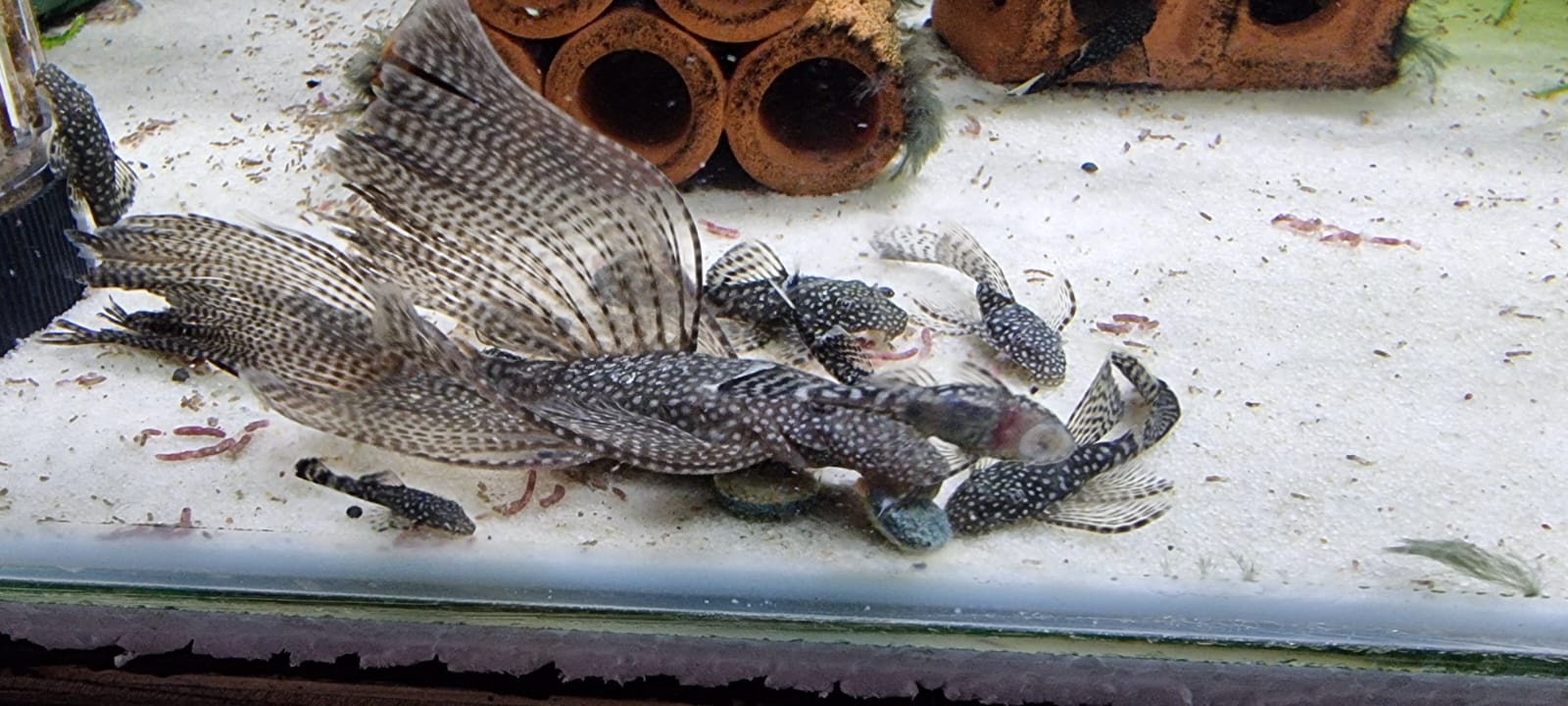
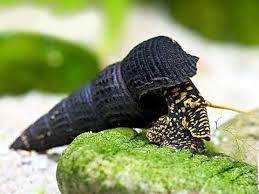
Reviews
There are no reviews yet.